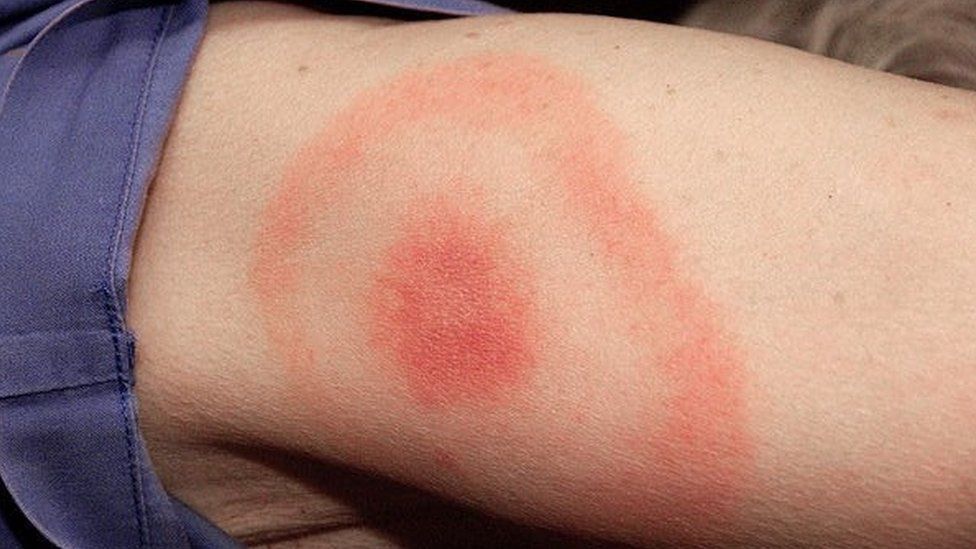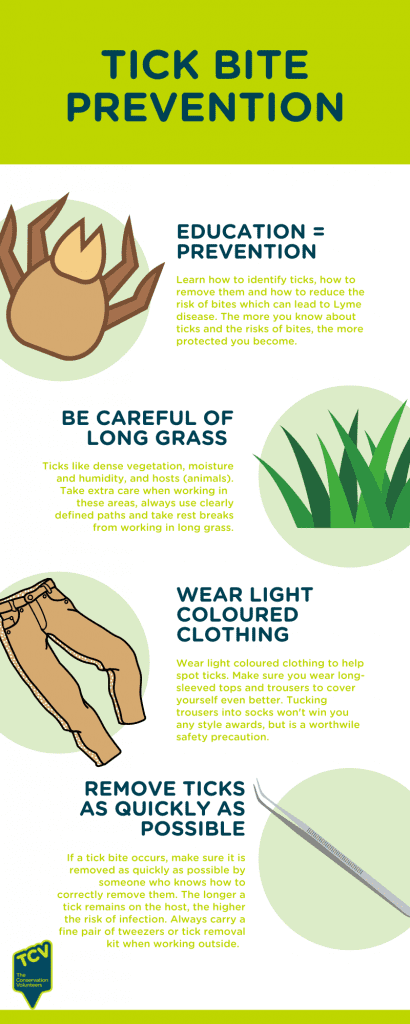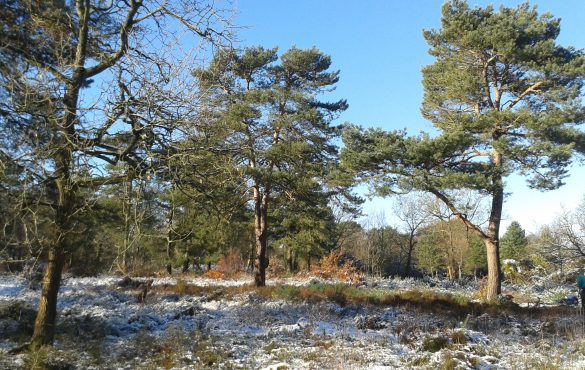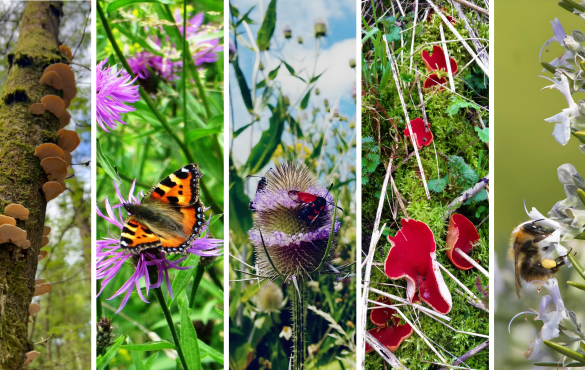Are there ticks in the UK?
Ticks can be found throughout the UK but there are certain sites and areas that carry a greater risk.
Ticks like dense vegetation, moisture and humidity, and hosts (animals). Habitats such as woodlands, grasslands and moorlands are traditionally higher risk areas, particularly where there is deer or livestock grazing.
Yet this does not mean that urban areas are safe from ticks. Urban parks and gardens are also green spaces where ticks can be found. This risk is likely to be established where there is abundant livestock for adult ticks to feed on.
What are ticks?
Ticks are tiny, spider-like creatures that live in woods and areas with long grass. Ticks do not fly and they do not jump. Instead they attach themselves to the skin of an animal or human that comes into contact with them. Once a tick bites into the skin it feeds on blood for a few days before dropping off.
Can ticks cause Lyme disease?
Lyme disease is a bacterial infection that can be spread to humans by infected ticks. It is a serious condition which affects the nervous system and, if it is not diagnosed and treated quickly, the
consequences can be life-changing.
An early symptom of the disease is a circular red rash around a tick bite, similar to a bullseye.
Only ticks that have already bitten an infected animal can pass Lyme disease on to humans. Not all ticks are contagious but it is important to know the risks and how to prevent infection.
The rash is one of the most common symptoms of the disease, but not everyone develops it. Visit the NHS website for more information on the symptoms and treatment of Lyme disease.

How to prevent tick bites
We cannot get rid of ticks and we still want to get out in green spaces, so it is important to remember that preventing tick bites is all about education and good preparation. Here are the minimum requirements that TCV teams and volunteers adopt to reduce the risk:
- Learn how to identify ticks, how to remove them and how to reduce the risk of bites.
- Educate everyone you are working with so they are aware of the risks too.
- Take extra care when working in long grass and vegetation – use clearly defined paths and take rest breaks away from long grass.
- Wear light coloured clothing to help spot ticks.
- Wear long trousers and long-sleeved tops.
- Tuck trousers into socks as an extra precaution.
- Check yourself at regular intervals and after working outside.
- If a tick bite occurs remove it as quickly as possible – the longer the tick remains on the host, the high the risk of disease. But remember you need to do this the correct way – see next point!
- Ensure a fine pair of tweezers or a tick removal tool is on your kit when working outside and someone in your group knows to remove the ticks successfully.
- Avoid high risk sites where possible – especially in the spring and summer.
This is by no means an exhaustive list of preventative measures. We have out together this handy infographic to help you as well.

This tick prevention toolkit from gov.uk is a good place to go next to find out more about prevention and Lyme disease.
To find out more about the work TCV does to protect our team of volunteers from the risks of working outside, head on over to our website to find out more.
Keep up to date with the latest news and activities from The Conservation Volunteers by following on Twitter, Facebook, LinkedIn and Instagram. You can also sign up to receive our Greenzine newsletter for more ways to get involved.




